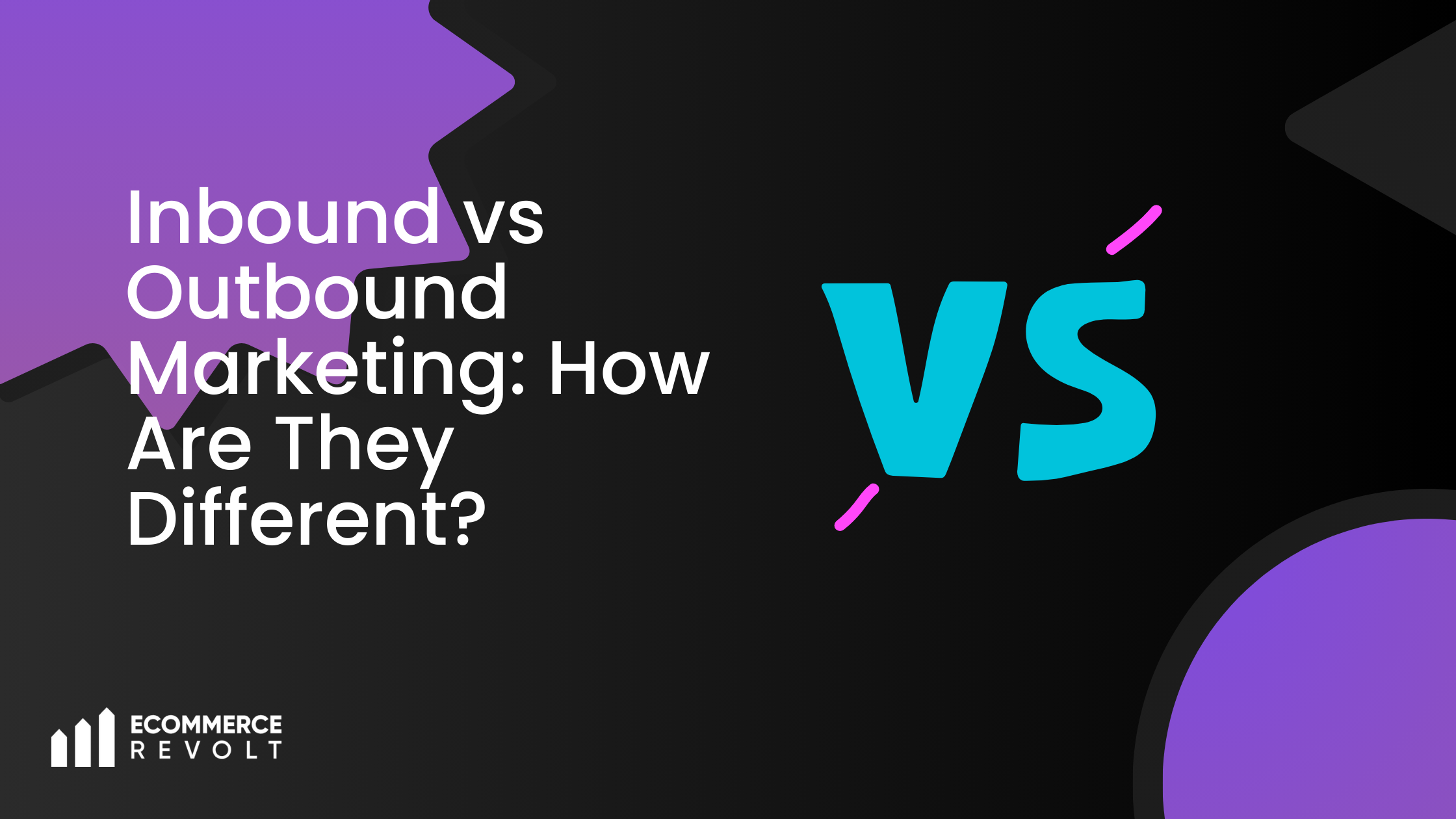The ecommerce market is growing at a staggering pace, making the space even more competitive for newcomers. We have seen many ecommerce brands giving up all hope within just six months of launch. Understanding that it takes time to find your audience and generate profitable margins, online store owners should start with the right approach and a proper strategy to attract qualified organic traffic that is more likely to make a purchase.
A strong ecommerce SEO strategy is a huge deal to ensure your online store stands out among the competition. As we approach 2024, it’s vital to stay ahead of the curve and adapt your SEO efforts to the latest trends and best practices. In this article, we will explore an effective ecommerce SEO strategy for 2023, breaking it down into various components and providing actionable tips to enhance your website’s performance.
Site Auditing
Before diving into the nitty-gritty of ecommerce SEO, it’s important to conduct a comprehensive site audit right after the web development is done. This process will help identify any current issues and areas for improvement, allowing you to create a solid foundation for your SEO strategy. Consider the following steps during the auditing process.
Website Health Check:
Test the overall health of your website by analyzing its loading speed, mobile-friendliness, and technical aspects. Use familiar tools like Pagespeed Insights or GTmetrix to identify any broken links or errors that might hinder user experience and address them promptly.
Keyword Analysis:
Perform keyword research to identify highly relevant and low-competition keywords that align with your ecommerce store’s products or services. Focus on long-tail keywords to attract a more targeted audience. Use Semrush or any famous SEO tool that can help you find the right keywords for your products.
Content Evaluation:
Evaluate the quality, relevance, and uniqueness of your website’s existing content. Update and optimize it to ensure it aligns with the search intent of potential customers. Don’t rely on AI-generated content because it still has a long way to provide any real value so it’s better to have human-written content or at the very least, use a mix of both. Make sure the content is not plagiarised which can actually hurt your website’s authority in the eyes of Google. One of the leading plagiarism checkers is DupliChecker.
Category and Product Audits
Categories and product pages are a significant part of ecommerce SEO. Effectively organizing your products not only enhances user experience but also optimizes your website for search engines.
Categorization and Hierarchy:
Structure your categories and subcategories logically, making it easy for users to navigate through your website. Create a hierarchy that allows visitors to effortlessly find what they are looking for. You can also take examples from your competitors who are leading the Google rankings.
Unique Product Descriptions:
Write product descriptions that provide information about the product and make it easy to make a decision, Nobody is interested in reading about your brand’s founded year on a product page Avoid using manufacturer-supplied descriptions, as they often lead to duplicate content issues. Use bullet points, and add comparisons to make it more effective.
Rich Media Integration:
Enhance your product pages with high-quality images, videos, and interactive elements. Optimize these media files with descriptive alt tags, captions, and proper file names to improve their visibility in search results.
Technical SEO: The Spine of your SEO
Technical SEO is the backbone of any successful ecommerce SEO strategy. By ensuring your website is technically sound and optimized for search engines, you enhance its crawlability, indexability, and overall performance. Consider the following technical SEO aspects:
XML Sitemap:
Create an XML sitemap and submit it to search engines to ensure all your website pages are discovered and indexed efficiently. The process of adding an XML sitemap is not very technical but it’s better if an expert is involved.
Robots.txt File:
Optimize your robots.txt file to guide search engines on which sections of your website to crawl and which to avoid. Remove pages that shouldn’t be the landing page for a user like the “Thank you Page” or “Account Page” etc.
Schema Markup:
Implement schema markup to provide search engines with structured data about your products, improving their visibility in search results through rich snippets.
Navigation Structure:
The navigation of an online store should be easy to understand as it’s how users will find the exact category or product they are visiting. Test it on all devices, especially mobile screens, the last thing you want is a user not being able to tap on the link he wants to open.
On-Page SEO
On-page SEO is optimizing individual web pages to improve their visibility in search engine rankings hence the name suggests. Paying attention to on-page factors helps search engines understand your content and its relevance to user queries. For ecommerce brands, it’s one of the most crucial parts as they have more pages to deal with.
Title Tags and Meta Descriptions:
Keyword-rich title tags and meta descriptions that encourage users to click through to your website from search results. Avoid adding anything that’s not included in the actual offers. We often get survey results and they have problems such as users clicking on a link after reading the meta data which commits something like delivery under 24 hours only to find out it was just a cheap tactic to grab attention.
Optimized URLs:
Create user-friendly URLs that incorporate relevant keywords and accurately reflect the content of the page. Use URL structures to show the hierarchy of your pages.
Internal Linking:
Strategically link relevant pages within your website to establish a hierarchical structure and guide search engines to important content areas. If done right, internal linking can help users to stay longer on your online shop increasing the chances of conversion.
Off-Page Progress Mapping
Off-page SEO focuses on building your website’s authority and reputation through external factors. This includes generating quality backlinks, social media engagement, and online brand mentions. Off-page SEO is an ongoing process that requires time and patience but without it, you won’t see the expected results.
Backlink Profile Analysis:
Evaluate your website’s backlink profile to identify any toxic or low-quality links that may harm your search rankings. Aim to acquire high-quality backlinks by guest posting on authoritative websites with high DA PA to boost your online authority.
Social Media Engagement:
Build a strong social media presence by consistently engaging with your audience and sharing valuable content. This helps increase brand awareness and attract potential customers. Ecommerce social media management is something that requires consistency and quality.
Influencer Partnerships:
Collaborate with influencers or industry experts to amplify your online reach and tap into your existing audience base. Seek partnerships that align with your brand values and target demographic.
Maintain Speed Performance
Website speed is a crucial factor that can make or break your ecommerce SEO strategy. Consider the following steps to keep the speed performance of your ecommerce website optimal.
Image Optimization:
Compress and optimize images to reduce their file size without compromising on quality. Use lazy loading techniques to ensure images are only loaded when they are in the user’s viewport.
Caching and Content Delivery Networks (CDNs):
Implement caching mechanisms and leverage CDNs to serve your website content from servers closer to your users. This reduces latency and improves loading times. Use Litespeed Cache which can significantly increase your website speed.
Mobile Optimization:
With the majority of online traffic coming from mobile devices, ensure your website is mobile-friendly and loads quickly on smartphones and tablets. Optimize your mobile user experience to cater to this growing audience.
Conclusion
And that’s how you can grow your organic traffic and generate huge sales for your business. Create docs and keyword ranking sheets to record the process, compare the progress, and update the strategy accordingly. If this is something you want but have no idea where to start, Ecommerce Revolt is actively partnering with ecommerce brands all over the globe, using our expertise to guide you through the intricacies of e-commerce SEO and digital marketing. We are responsible for elevating your online store’s visibility, driving more qualified traffic, and ultimately, boosting your sales.









